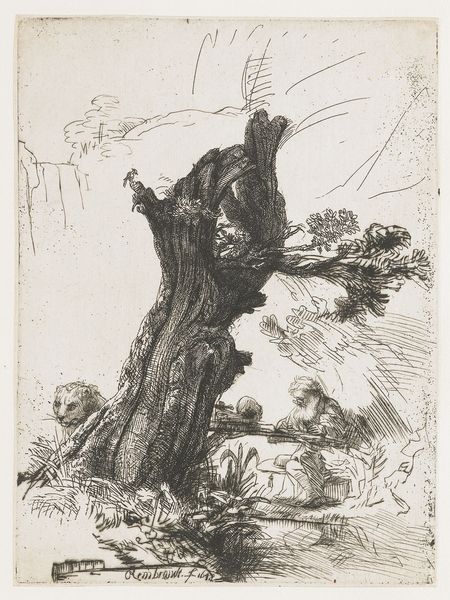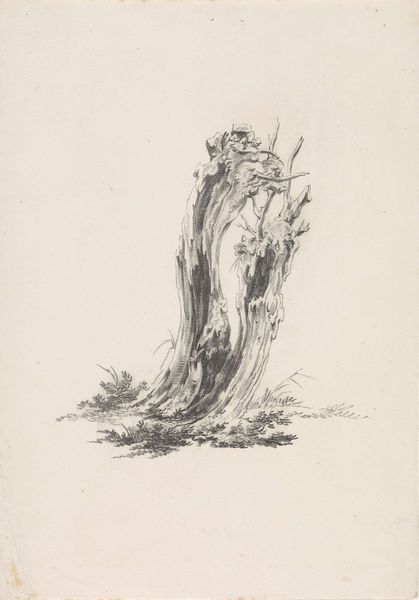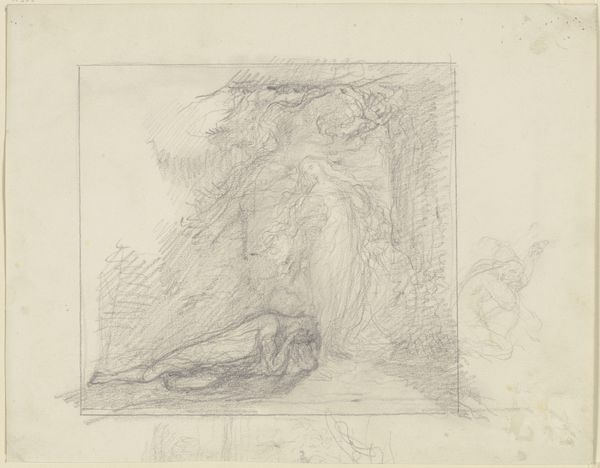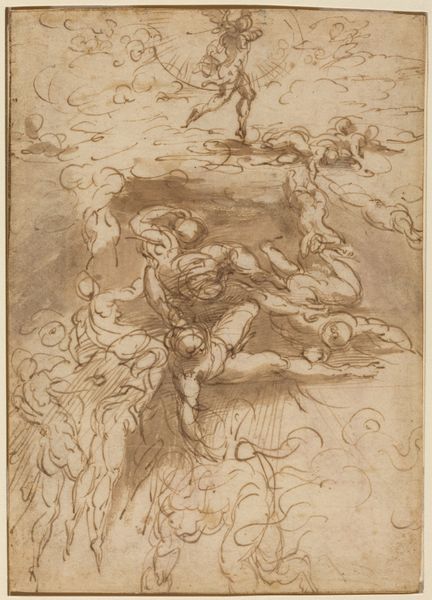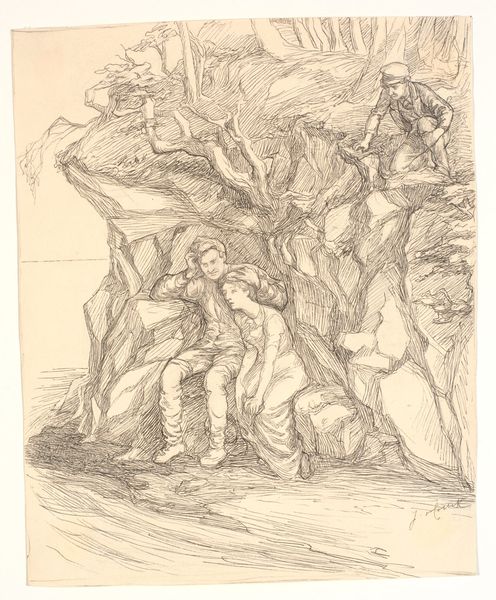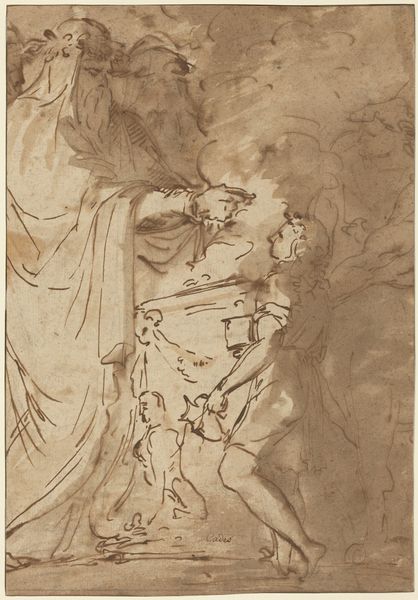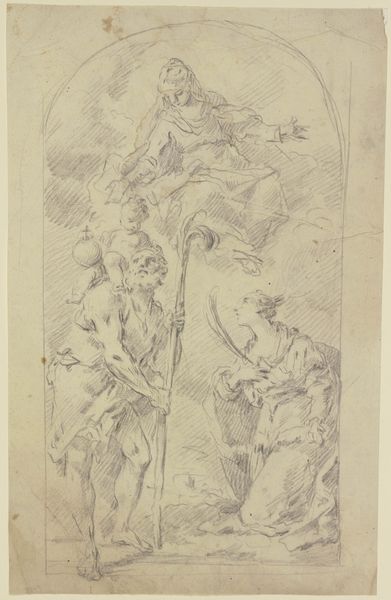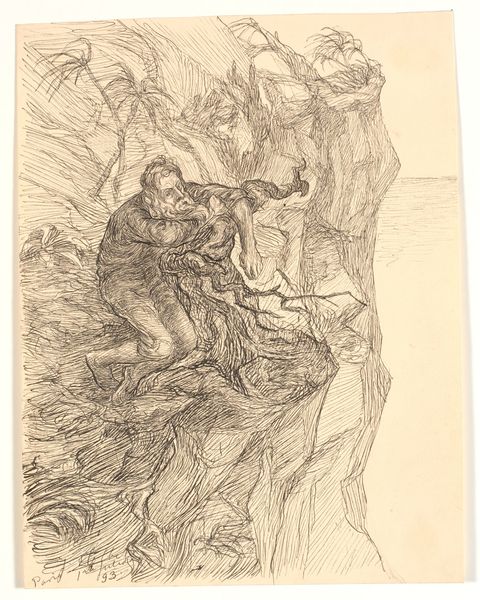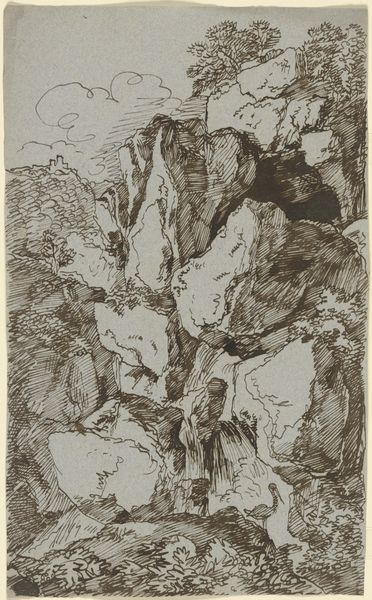
drawing, paper, ink
#
drawing
#
landscape
#
paper
#
ink
#
german
#
romanticism
Copyright: Public Domain
Carl Philipp Fohr made this pen and brown ink drawing of Weidenbäume bei der Grotte der Nymphe Egeria. It presents an important view of the Roman countryside, one that would have been popular with Northern European artists and intellectuals who visited Italy on their Grand Tour. These cultural tourists tended to seek out the traces of classical civilization in the landscape around Rome. The drawing depicts a grotto associated with the nymph Egeria, a figure from Roman mythology, set amongst willow trees. We can consider the imagery of the drawing in terms of the period in which it was made. The early 19th century was a time when many artists were looking back to classical and mythological subjects as a source of inspiration. But also a time that new institutions such as museums and academies were opening up public access to art. To understand the social conditions that gave rise to this artwork, we can look into sources from the period such as travel journals, letters, and biographies. We can gain a deeper insight into the cultural values and artistic practices of the time.
Comments
No comments
Be the first to comment and join the conversation on the ultimate creative platform.
